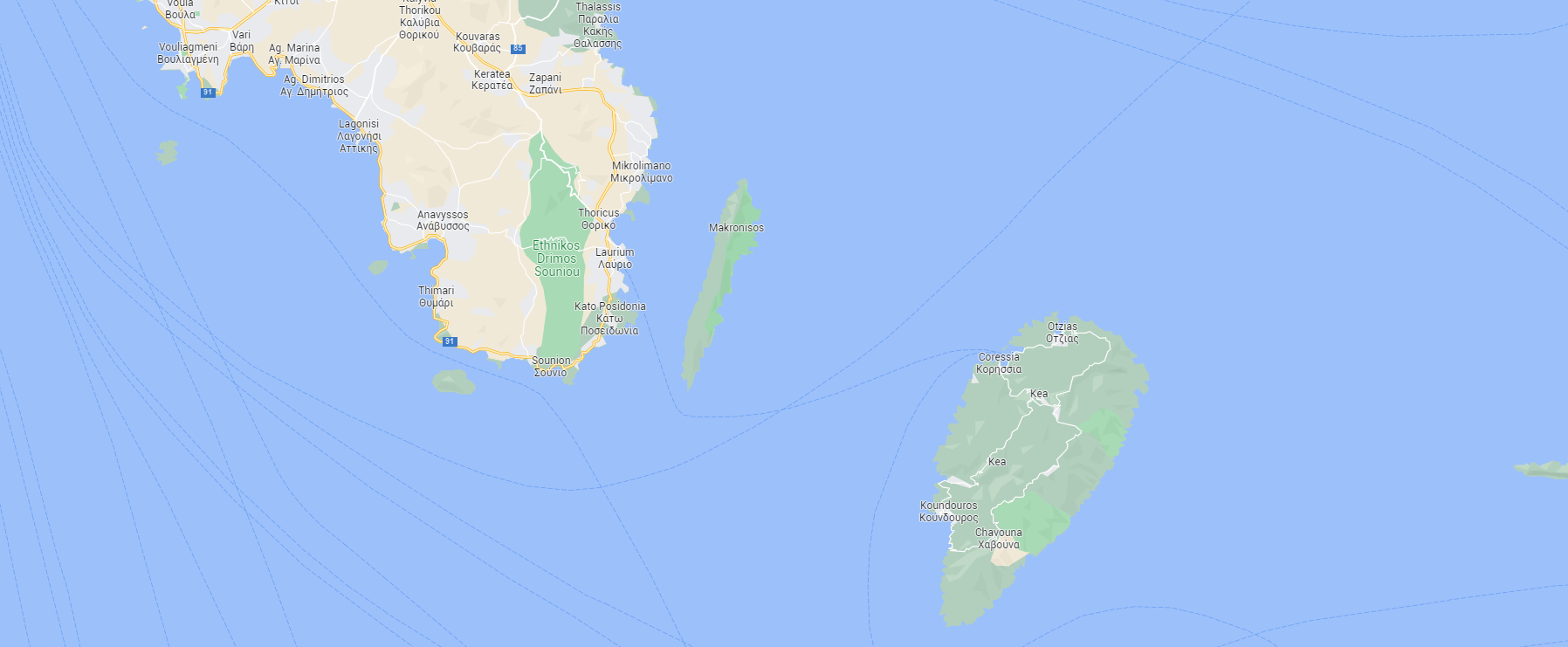The Legacy of a Dream
The Britannic is best known as the sister ship of the RMS Olympic and the RMS Titanic along with being the third and final luxury liner of the White Star Line’s Olympic class.
Unparalleled Luxury
Construction began on the Britannic on November 30, 1911, with her launch on February 26, 1914. At 883 feet in length, she was intended to be the largest and grandest of the three ocean liners.
Casualty of War
That all changed with the start of World War I, when she was recommissioned as a hospital ship in 1915. The HMHS Britannic departed from Liverpool on her maiden voyage on December 23, 1915.

On November 21, 1916, the Britannic was in the middle of her sixth voyage when an explosion disrupted a beautiful Sunday morning in the Kea Channel. Just off of the coast of Greece the Britannic had struck a mine, and the explosion warped her steel and jammed the bulkhead doors in full open position. Despite all of the additional safety modifications, the Britannic sank in about 55 minutes, much faster in to the 2 hours and 40 minutes that it took her sister ship Titanic to sink. Thirty lives were lost that day with more than 1,030 lives saved.
The Sinking of Britannic A Dream Never Realized
In November Britannic had arrived in Southampton from her 5th voyage picking up wounded soldiers from the clearing station in Murdros. She was only in Southampton for a week when she had to head out to the Mediterranean, a week earlier than expected, due the damage the HMHS Aquitania had sustained in a storm. The HMHS Aquitania had to be returned to her builders to be repaired and Britannic departed Southampton on November 12th 1916 instead. This voyage would be the final voyage for Britannic, which would lead to her untimely demise.
The Britannic stopped at Naples for her usual coal and water refueling stop on November 17, 1916.
A storm prevented her from departing Naples until that Sunday afternoon. Captain Bartlett then made the decision to take his chances, as there was a break in the weather. Just as they left, however, the sea rose again, but by the next morning the storm died down and Britannic passed the Strait of Messina.
Britannic struck the mine low on the starboard bow between numbers 2 and 3 holds at 8:12am November 21, 1916.
The nurses and doctors and chaplins had just sat down for breakfast when the mine was struck, and all of the cutlery seemed to dance and fall to the ground and smash. The matron told them to put their lifejackets on and get to the boat deck.
The force of the explosion damaged the watertight bulkheads between boiler room 1 and the forepeak. That meant that the first four compartments were flooding. The explosion caused a gas bubble lifting the Britannic’s bow and causing the hull to flex, whipping the foremast, and breaking some of the connections between the mast and the wireless transmitter in the ship’s silent room. This meant that the Britannic could still send out distress messages but could not receive a reply.
The firemen’s tunnel connecting the firemen’s quarters in the bow with boiler room 6 had also been seriously damaged and water was flowing into that boiler room.
Captain Bartlett, in his pyjamas, came to the bridge and set a course to make for Kea Island in an attempt to beach the ship. For some reason, the Britannic’s steering gear wasn’t responding so they had to use the engines on the port side to try to steer the ship in the direction of Kea island.
The explosion warped her steel and twisted her frame a little which caused the bulkhead door between boiler rooms 6 and 5 to fail in closing. The ship’s telegraph chains had also been damaged so the Captain had to use the emergency telegraph to give orders to his engineers.
The Captain hadn’t given the order to abandon ship, but some of the stokers, who were in the bowels of the ship, decided to launch two of the lifeboats upon reaching them. One of the occupants was Titanic survivor Violet Jessop, but as the lifeboats were launched the port propeller was above the surface of the water and still turning. The two small lifeboats were pulled into the turning propeller, smashing the lifeboats and killing many of the occupants in them.
At 8.35 a.m. Captain Bartlett noticed the rate of the ship’s sinking had quickened, and he finally gave the order to abandon ship and for the engines to be stopped.
The doctors had left the portholes open on E deck, normally 25ft above the ship’s waterline. The vessel had sunk considerably so that water was able to reach these portholes ultimately flooding compartments that had not been compromised by the mine explosion.
At 8.50 a.m. Captain Bartlett noticed the ship’s sinking had slowed, so he gave the order to start up the engines again in his final desperate efforts to save his beloved ship. The port propeller had pushed the vessel too far to starboard and the Britannic had overshot Kea Island so the helmsman had turned the ship’s wheel to port to try and push Britannic back towards Kea Island. This time the ship’s rudder somewhat responded, but this did nothing to help push Britannic back on course towards the island.
At 9.00 a.m. Captain Bartlett ordered the engines to be stopped for the final time. The ship had turned a complete 180 degrees turn from the vessel’s heading at the time of the mine impact
With more than six watertight compartments flooded, Britannic had reached her full capacity and surpassed her safety design features. Unable to stay afloat, the ship took a severe list to starboard, and the forecastle deck was under water. The sea rose quickly towards the bridge. The captain, still in his pyjamas, gave two final blasts of the ship’s whistle. As the ship was rolling over onto her starboard side, Captain Bartlett walked off the starboard wing of the bridge and swam into the sea.
Britannic rolled over on her starboard side with her funnels falling off like chimneys over into the sea. She was nearly 883 feet long, and she sank in approximately 400 feet of water. The bow struck the sea floor as the stern was still on the surface, and the Britannic’s stern vibrated and slid slowly beneath the sea to her final resting place.
By 9.07 a.m. HMHS Britannic had gone.


